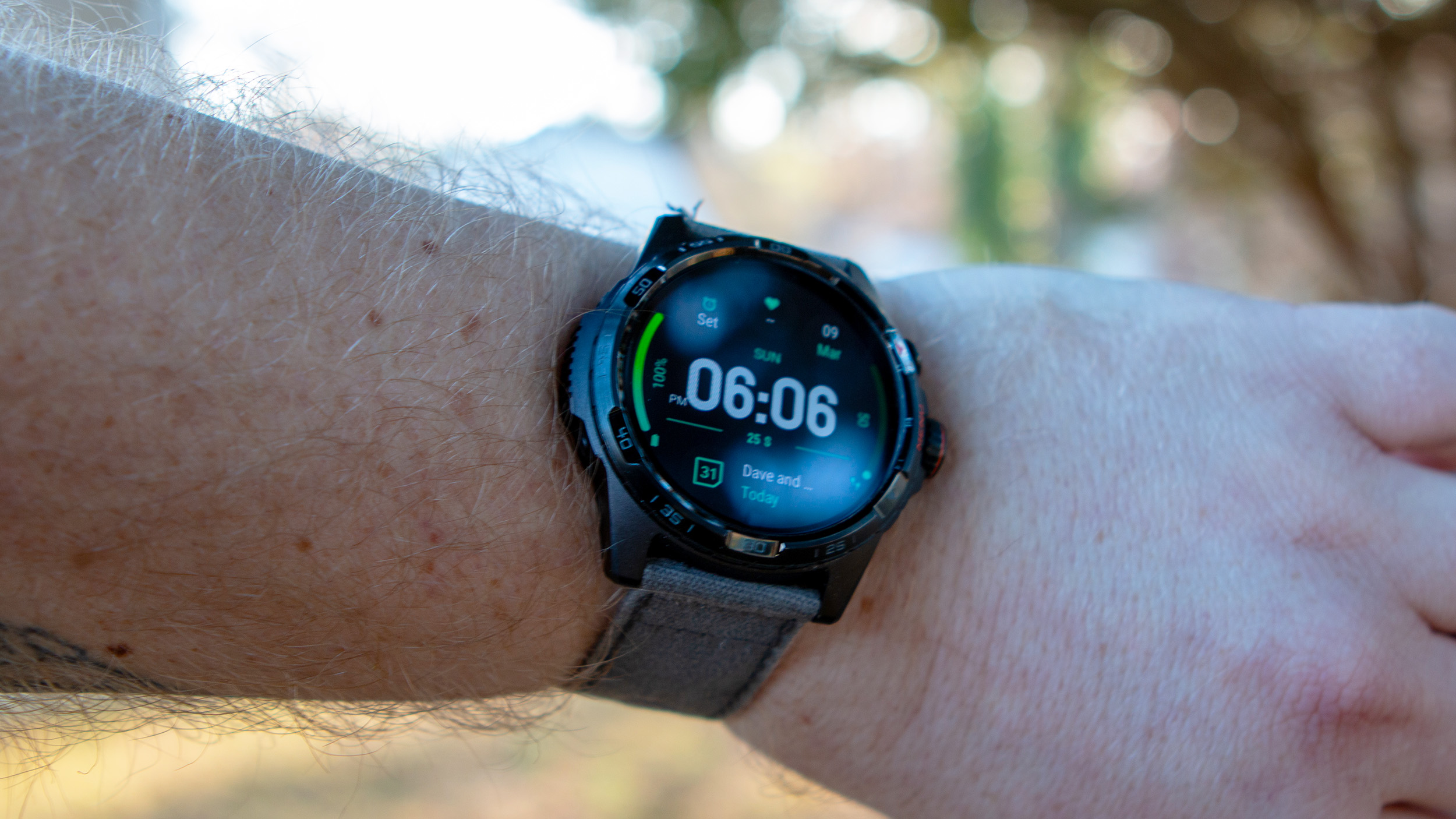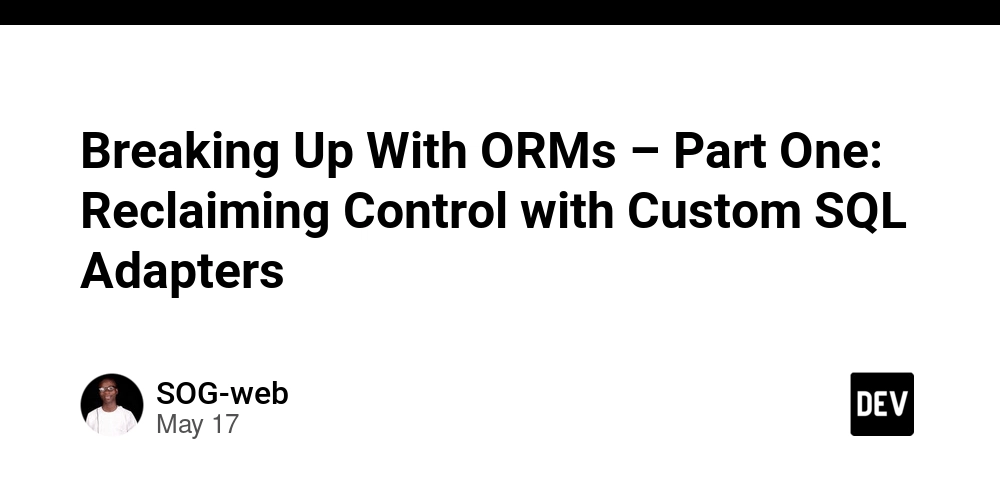Building a Cloud-Native S3 Honeypot Detection Pipeline on AWS
Building a Cloud-Native S3 Honeypot Detection Pipeline on AWS Table of Contents Introduction Step 1: Deploy a Private Honeypot Bucket Step 2: Log S3 Data Events with CloudTrail → CloudWatch Step 3: Create a CloudWatch Metric Filter Step 4: Alarm & SNS Notification Step 5: Lambda Automation to Tag VPC Testing the Pipeline Next-Level Enhancements Conclusion Introduction In this blog post, I’ll demonstrate how to build an end-to-end honeypot detection pipeline on AWS—catching unauthorized access to a decoy S3 file, alerting the team, and automatically tagging the attacker’s VPC. We’ll leverage AWS-native services like S3, CloudTrail, CloudWatch, Lambda, and SNS to create a turnkey security solution. Step 1: Deploy a Private Honeypot Bucket Create your S3 bucket Name: javierlabs-sensitive-docs Region: ap-southeast-2 Block all public access Upload decoy files: aws-keys.txt (fake credentials) passwords.csv internal-financials.xlsx README.txt (⚠️ Confidential banner) Lock it down & allow GuardDuty access: { "Version":"2012-10-17", "Statement":[ { "Sid":"AllowGuardDutyAccess", "Effect":"Allow", "Principal":{"Service":"guardduty.amazonaws.com"}, "Action":["s3:GetObject","s3:ListBucket"], "Resource":[ "arn:aws:s3:::javierlabs-sensitive-docs", "arn:aws:s3:::javierlabs-sensitive-docs/*" ], "Condition":{"StringEquals":{"AWS:SourceAccount":"070978211986"}} } ] } Step 2: Log S3 Data Events with CloudTrail → CloudWatch Enable CloudTrail S3 data events for read/write on your bucket. Send logs to CloudWatch Logs, using a log group like /aws/cloudtrail/honeypot-logs. Step 3: Create a CloudWatch Metric Filter In the /aws/cloudtrail/honeypot-logs log group: Pattern: { ($.eventName = "GetObject" || $.eventName = "HeadObject") && $.requestParameters.key = "aws-keys.txt" } Metric: Namespace: HoneypotDetection Name: AccessedAWSKeysFile Value: 1 Step 4: Alarm & SNS Notification From the metric (HoneypotDetection/AccessedAWSKeysFile), create an alarm: Trigger when >= 1 in 1 datapoint. Attach SNS action to topic honeypot-alerts. Name: AlertOnAWSKeysAccess. Confirm your email subscription in SNS. Step 5: Lambda Automation to Tag VPC TagAttackerIP Function import json, boto3 from datetime import datetime, timedelta LOOKBACK_MINUTES = 5 VPC_ID = "vpc-078816b7d00f13bd4" def lambda_handler(event, context): print("Alarm Event:", json.dumps(event, indent=2)) if event['detail'].get('alarmName') != 'AlertOnAWSKeysAccess': return {"status":"ignored"} region = event.get('region','ap-southeast-2') ct = boto3.client('cloudtrail', region_name=region) end = datetime.utcnow() start = end - timedelta(minutes=LOOKBACK_MINUTES) ip = None for action in ("GetObject","HeadObject"): resp = ct.lookup_events( LookupAttributes=[{"AttributeKey":"EventName","AttributeValue":action}], StartTime=start, EndTime=end, MaxResults=10 ) for evt in resp.get("Events",[]): p = json.loads(evt["CloudTrailEvent"]) if (p.get("eventSource")=="s3.amazonaws.com" and p.get("requestParameters",{}).get("key")=="aws-keys.txt"): ip = p.get("sourceIPAddress"); break if ip: break if not ip: return {"status":"no_ip_found"} print("Found attacker IP:", ip) ec2 = boto3.client('ec2', region_name=region) ec2.create_tags( Resources=[VPC_ID], Tags=[{"Key":"SuspectedAttackerIP","Value":ip}] ) return {"status":"success","ip":ip} IAM Policy: { "Statement":[ {"Action":"cloudtrail:LookupEvents","Effect":"Allow","Resource":"*"}, {"Action":"ec2:CreateTags","Effect":"Allow", "Resource":"arn:aws:ec2:ap-southeast-2:070978211986:vpc/vpc-078816b7d00f13bd4"} ] } Testing the Pipeline Trigger a HEAD/GET: curl -I https://javierlabs-sensitive-docs.s3.amazonaws.com/aws-keys.txt CloudWatch Alarm goes ALARM, email arrives. Lambda logs show “Found attacker IP: …”. VPC tags now include the attacker's IP address Next-Level Enhancements Persist hits to DynamoDB with TTL. Auto-block via WAF or Security Groups. Enrich with Threat Intel feeds. Deploy cross-region honeypots. Use CloudFront signed URLs for advanced deception. Conclusion By combining AWS-native logging, monitoring, and serverless automation, you can build a robust real-time honeypot detection and response platform with minimal overhead—ideal for any cloud security engineer’s portfolio. Happy hunting! Feel free to leave feedback or ask questions in the comments.

Building a Cloud-Native S3 Honeypot Detection Pipeline on AWS
Table of Contents
- Introduction
- Step 1: Deploy a Private Honeypot Bucket
- Step 2: Log S3 Data Events with CloudTrail → CloudWatch
- Step 3: Create a CloudWatch Metric Filter
- Step 4: Alarm & SNS Notification
- Step 5: Lambda Automation to Tag VPC
- Testing the Pipeline
- Next-Level Enhancements
- Conclusion
Introduction
In this blog post, I’ll demonstrate how to build an end-to-end honeypot detection pipeline on AWS—catching unauthorized access to a decoy S3 file, alerting the team, and automatically tagging the attacker’s VPC. We’ll leverage AWS-native services like S3, CloudTrail, CloudWatch, Lambda, and SNS to create a turnkey security solution.
Step 1: Deploy a Private Honeypot Bucket
Create your S3 bucket
- Name: javierlabs-sensitive-docs
- Region: ap-southeast-2
- Block all public access
- Upload decoy files:
aws-keys.txt (fake credentials)
passwords.csv
internal-financials.xlsx
README.txt (⚠️ Confidential banner)
Lock it down & allow GuardDuty access:
{
"Version":"2012-10-17",
"Statement":[
{
"Sid":"AllowGuardDutyAccess",
"Effect":"Allow",
"Principal":{"Service":"guardduty.amazonaws.com"},
"Action":["s3:GetObject","s3:ListBucket"],
"Resource":[
"arn:aws:s3:::javierlabs-sensitive-docs",
"arn:aws:s3:::javierlabs-sensitive-docs/*"
],
"Condition":{"StringEquals":{"AWS:SourceAccount":"070978211986"}}
}
]
}
Step 2: Log S3 Data Events with CloudTrail → CloudWatch
- Enable CloudTrail S3 data events for read/write on your bucket.
- Send logs to CloudWatch Logs, using a log group like /aws/cloudtrail/honeypot-logs.
Step 3: Create a CloudWatch Metric Filter
In the /aws/cloudtrail/honeypot-logs log group:
Pattern:
{ ($.eventName = "GetObject" || $.eventName = "HeadObject")
&& $.requestParameters.key = "aws-keys.txt" }
Metric:
- Namespace: HoneypotDetection
- Name: AccessedAWSKeysFile
- Value: 1
Step 4: Alarm & SNS Notification
From the metric (HoneypotDetection/AccessedAWSKeysFile), create an alarm:
Trigger when >= 1 in 1 datapoint.
Attach SNS action to topic honeypot-alerts.
Name: AlertOnAWSKeysAccess.
Confirm your email subscription in SNS.
Step 5: Lambda Automation to Tag VPC
TagAttackerIP Function
import json, boto3
from datetime import datetime, timedelta
LOOKBACK_MINUTES = 5
VPC_ID = "vpc-078816b7d00f13bd4"
def lambda_handler(event, context):
print("Alarm Event:", json.dumps(event, indent=2))
if event['detail'].get('alarmName') != 'AlertOnAWSKeysAccess':
return {"status":"ignored"}
region = event.get('region','ap-southeast-2')
ct = boto3.client('cloudtrail', region_name=region)
end = datetime.utcnow()
start = end - timedelta(minutes=LOOKBACK_MINUTES)
ip = None
for action in ("GetObject","HeadObject"):
resp = ct.lookup_events(
LookupAttributes=[{"AttributeKey":"EventName","AttributeValue":action}],
StartTime=start, EndTime=end, MaxResults=10
)
for evt in resp.get("Events",[]):
p = json.loads(evt["CloudTrailEvent"])
if (p.get("eventSource")=="s3.amazonaws.com"
and p.get("requestParameters",{}).get("key")=="aws-keys.txt"):
ip = p.get("sourceIPAddress"); break
if ip: break
if not ip: return {"status":"no_ip_found"}
print("Found attacker IP:", ip)
ec2 = boto3.client('ec2', region_name=region)
ec2.create_tags(
Resources=[VPC_ID],
Tags=[{"Key":"SuspectedAttackerIP","Value":ip}]
)
return {"status":"success","ip":ip}
IAM Policy:
{
"Statement":[
{"Action":"cloudtrail:LookupEvents","Effect":"Allow","Resource":"*"},
{"Action":"ec2:CreateTags","Effect":"Allow",
"Resource":"arn:aws:ec2:ap-southeast-2:070978211986:vpc/vpc-078816b7d00f13bd4"}
]
}
Testing the Pipeline
Trigger a HEAD/GET:
curl -I https://javierlabs-sensitive-docs.s3.amazonaws.com/aws-keys.txt
CloudWatch Alarm goes ALARM, email arrives.
Lambda logs show “Found attacker IP: …”.
VPC tags now include the attacker's IP address
Next-Level Enhancements
Persist hits to DynamoDB with TTL.
Auto-block via WAF or Security Groups.
Enrich with Threat Intel feeds.
Deploy cross-region honeypots.
Use CloudFront signed URLs for advanced deception.
Conclusion
By combining AWS-native logging, monitoring, and serverless automation, you can build a robust real-time honeypot detection and response platform with minimal overhead—ideal for any cloud security engineer’s portfolio.
Happy hunting!
Feel free to leave feedback or ask questions in the comments.





























![Apple Pay, Apple Card, Wallet and Apple Cash Currently Experiencing Service Issues [Update: Fixed]](https://images.macrumors.com/t/RQPLZ_3_iMyj3evjsWnMLVwPdyA=/1600x/article-new/2023/11/apple-pay-feature-dynamic-island.jpg)












































![iPhone 17 Air Could Get a Boost From TDK's New Silicon Battery Tech [Report]](https://www.iclarified.com/images/news/97344/97344/97344-640.jpg)
![Vision Pro Owners Say They Regret $3,500 Purchase [WSJ]](https://www.iclarified.com/images/news/97347/97347/97347-640.jpg)
![Apple Showcases 'Magnifier on Mac' and 'Music Haptics' Accessibility Features [Video]](https://www.iclarified.com/images/news/97343/97343/97343-640.jpg)
![Sony WH-1000XM6 Unveiled With Smarter Noise Canceling and Studio-Tuned Sound [Video]](https://www.iclarified.com/images/news/97341/97341/97341-640.jpg)













![How to upgrade the M4 Mac mini SSD and save hundreds [Video]](https://i0.wp.com/9to5mac.com/wp-content/uploads/sites/6/2025/05/M4-Mac-mini-SSD-Upgrade-Tutorial-2TB.jpg?resize=1200%2C628&quality=82&strip=all&ssl=1)






















































































































































































































![[The AI Show Episode 147]: OpenAI Abandons For-Profit Plan, AI College Cheating Epidemic, Apple Says AI Will Replace Search Engines & HubSpot’s AI-First Scorecard](https://www.marketingaiinstitute.com/hubfs/ep%20147%20cover.png)
























![How to Enable Remote Access on Windows 10 [Allow RDP]](https://bigdataanalyticsnews.com/wp-content/uploads/2025/05/remote-access-windows.jpg)






















































































![[FREE EBOOKS] Modern Generative AI with ChatGPT and OpenAI Models, Offensive Security Using Python & Four More Best Selling Titles](https://www.javacodegeeks.com/wp-content/uploads/2012/12/jcg-logo.jpg)












































![How to make Developer Friends When You Don't Live in Silicon Valley, with Iraqi Engineer Code;Life [Podcast #172]](https://cdn.hashnode.com/res/hashnode/image/upload/v1747360508340/f07040cd-3eeb-443c-b4fb-370f6a4a14da.png?#)






























-Marathon-Gameplay-Overview-Trailer-00-04-50.png?width=1920&height=1920&fit=bounds&quality=70&format=jpg&auto=webp#)










































































